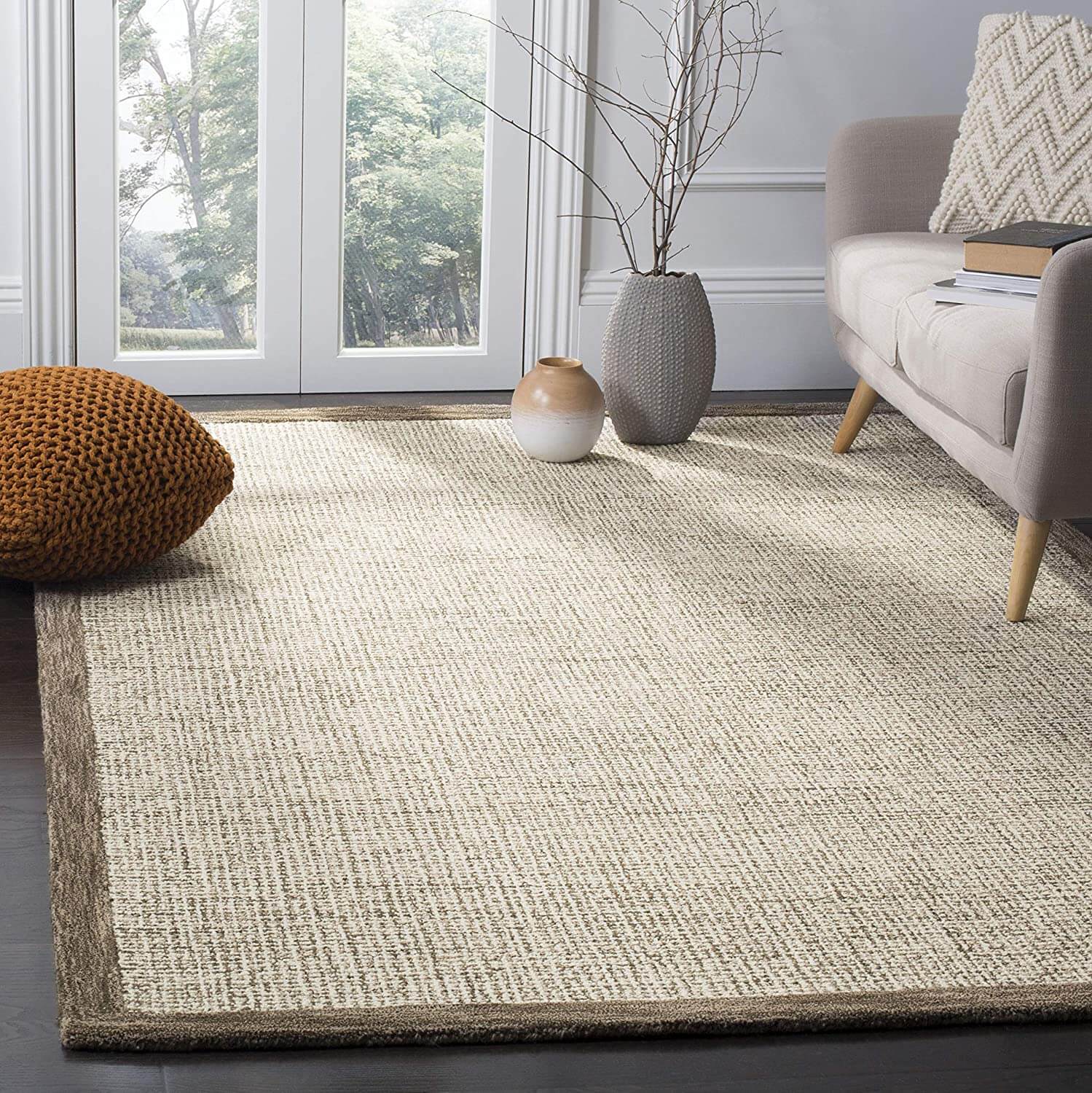Is Microplastics Leaching into Your Coffee?

Apparently yes, if you’re using a disposable coffee cup, microplastics may be leaching into your coffee … or tea.
From now on, there is another, very important reason to ditch takeaway coffee cups and this doesn’t just relate to the environment, it relates to your health.
How are Paper Coffee Cups made?
Have you ever wondered how “paper cups” are made?
Well, their name is misleading as they are not just made with paper, otherwise you wouldn’t be able to use them for a drink, let alone for a hot drink. These cups are made of paper sheets lined with HDPE (high density polyethylene) grade of plastic (5-10% of the total cups content), and that’s what holds them together and makes them waterproof but makes them also very difficult to recycle, so they end up in landfill.
Take a look at this 5 minute video to see how disposable paper cups are produced:
According to a 2021 study titled: “Microplastics and other harmful substances released from disposable paper cups into hot water” by the Indian Institute of Technology Kharagpur, published in the Journal of Hazardous Materials, when hot water is poured into a disposable cup, the takeaway hot drinks can become contaminated with tiny plastic particles in just minutes due to the contact with the plastic lining. Hence, there are very high chances that microplastics could be leaching into your coffee as well.
Related: The 16 Best Plastic-Free Coffee Makers: Enjoy Deliciously, Guilt-Free Coffee Every Morning
Microplastics leaching into hot Water
In their study, the researchers poured hot water into the disposable paper cups and left the sample with the hot water sit for 15 minutes to evaluate the degradation of the plastic hydrophobic film as a result of exposure to hot water (85-90° C). Then, they analysed the water for the presence of microplastics as well as additional ions and heavy metals that may have leached into the liquid from the paper cup lining.
What they found is that the deterioration of the plastic lining released ions like fluoride, chloride, sulfate, and nitrate into the hot water contained in the paper cups. Using fluorescence microscopy they identified and quantified the microplastic particles leaching into the liquid which amounted to approximately 25,000 micron-sized microplastic particles for a 100 ml cup after 15 minutes.
If you were to drink three hot drinks a day in disposable cups (coffee and tea), you’d ingest 75,000 micron-sized microplastics, ions and heavy metals, which in the long term can expose you to potential risks like infertility and cancer. More research needs to be undertaken on the effects of microplastic ingestion by humans and we’ll keep an eye on this topic to gather all the scientific evidence we can get.
This isn’t the only study about this subject. More research is being undertaken about single-use plastic takewawy containers releasing microplastics when exposed to hot liquid or food. This recent study (April 2022) titled: “Disposable plastic materials release microplastics and harmful substances in hot water“, published in the Science of the Total Environment Journal, showed that millions of submicron and microparticles were produced from hot water soaking of plastic packaging, cups, transparent boxes and expandable boxes. Based on Fourier transform infrared spectroscopy, heat treatment also altered the chemical composition of polyethylene packaging, but it had minor effects on polypropylene cups, transparent boxes and polystyrene expandable boxes. Organic chemicals and heavy metals were also detected in leachate from heat-treated plastics. Read the cited study for all details.
1 Billion disposable Coffee Cups used each year in Australia
In the meantime, it’s time to ditch disposable paper cups which we Australians are quite addicted to, due to our love for coffee on the go, especially before going to work. It’s estimated by Sustainability Victoria that 1 billion disposable coffee cups are used each year around Australia, therefore 2.7 million each day. Isn’t it crazy to think how many would be used worldwide?
Buy a couple of reusable coffee cups, one for your office and one spare one for your car or backpack if you commute, it’ll be easier to remember it each day.
Are you interested to learn about microplastics leaching into your tea from single use tea bags? Discover how tea bags are made and find out if your favourite tea brand offer plastic free tea bags.
Browse the I’m Plastic Free platform to discover plastic pollution solutions
Comments
Dr. Chris DeArmitt FIMMM, FRSC, CChem
November 1, 2022 at 12:16 amIn fact, they did not detect microplastics at all. They used Nile Red Dye which was shown not to work properly for the identification of microplastics. See the facts from independent scientists. The study is called “Microplastics and other harmful substances released from disposable paper cups into hot water” and they did not show that the particles were plastic! It’s much more likely that they were wood fibers from the paper cup. In fact, another study specifically says that Nile Red Dye is not a good way to look for microplastics “Quite a few studies have explored the potential of Nile red a solvatochromic dye in detection of microplastics. However, often Nile red alone cannot be used in quantifying microplastic due to false positives generated by staining of organic matter. “



5 Disposable Takeaway Coffee Cup Facts To Make You Think - TeaCoffee99
October 9, 2022 at 12:07 am[…] for the average person drinking 3 cups of coffee every day using a paper cup, they ingest 75,000 small microplastic particles that cannot be seen with the naked […]
Simona Paganetto
October 20, 2022 at 1:54 pmThanks for mentioning our blog article!